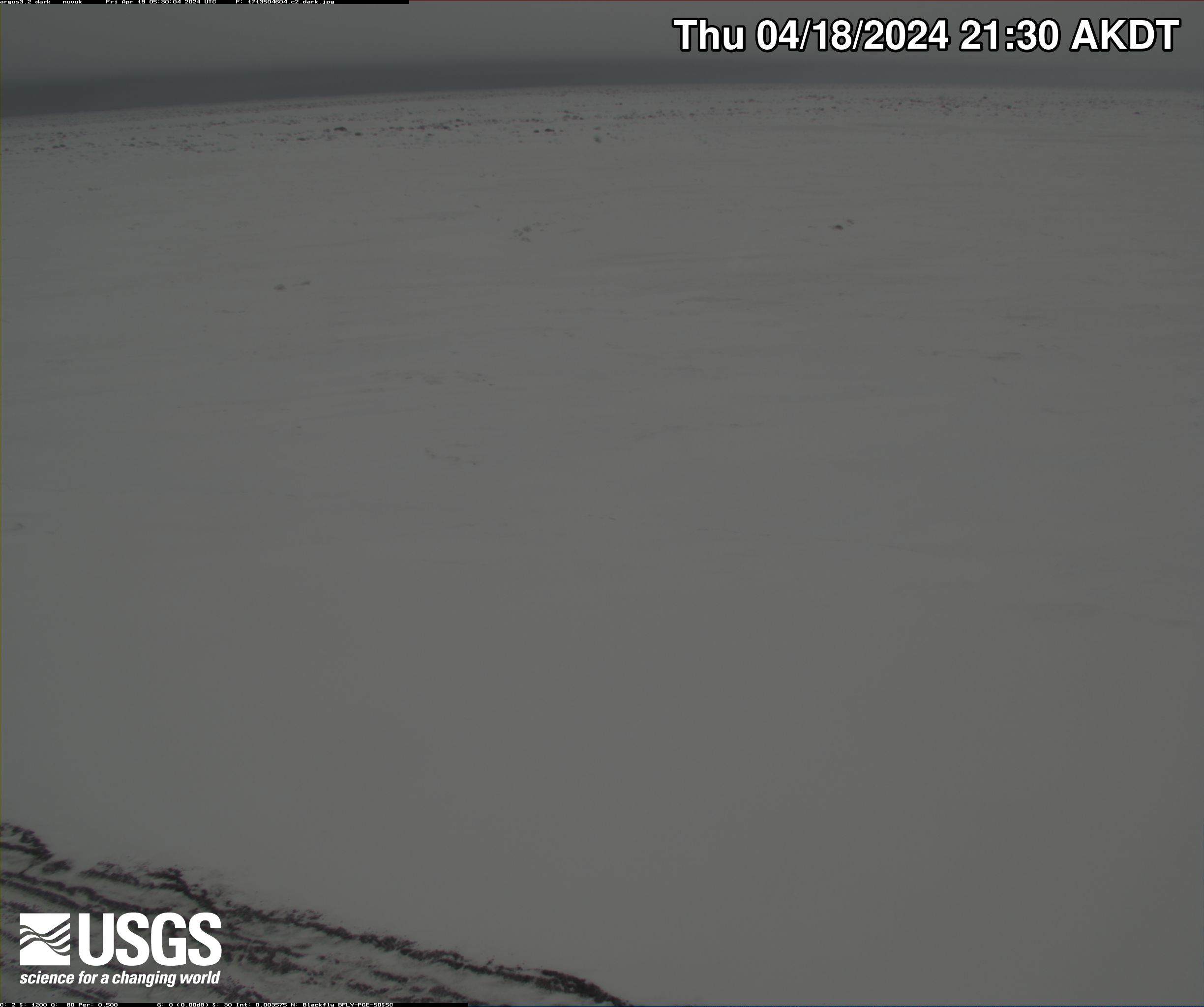Satellite-derived shorelines for a barrier island east of Moses Point Fishing Village, Norton Sound, Alaska
linkSatellite-derived shorelines for a barrier island east of Moses Point Fishing Village, Norton Sound, Alaska, from the study CoastSeg: an accessible and extendable hub for satellite-derived-shoreline (SDS) detection and mapping.




















